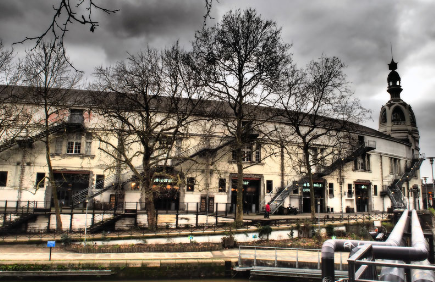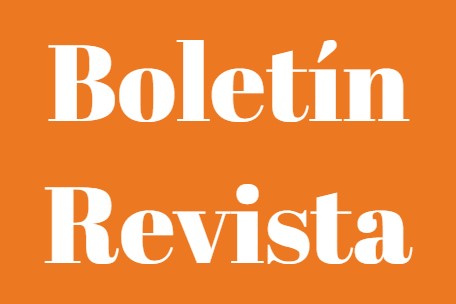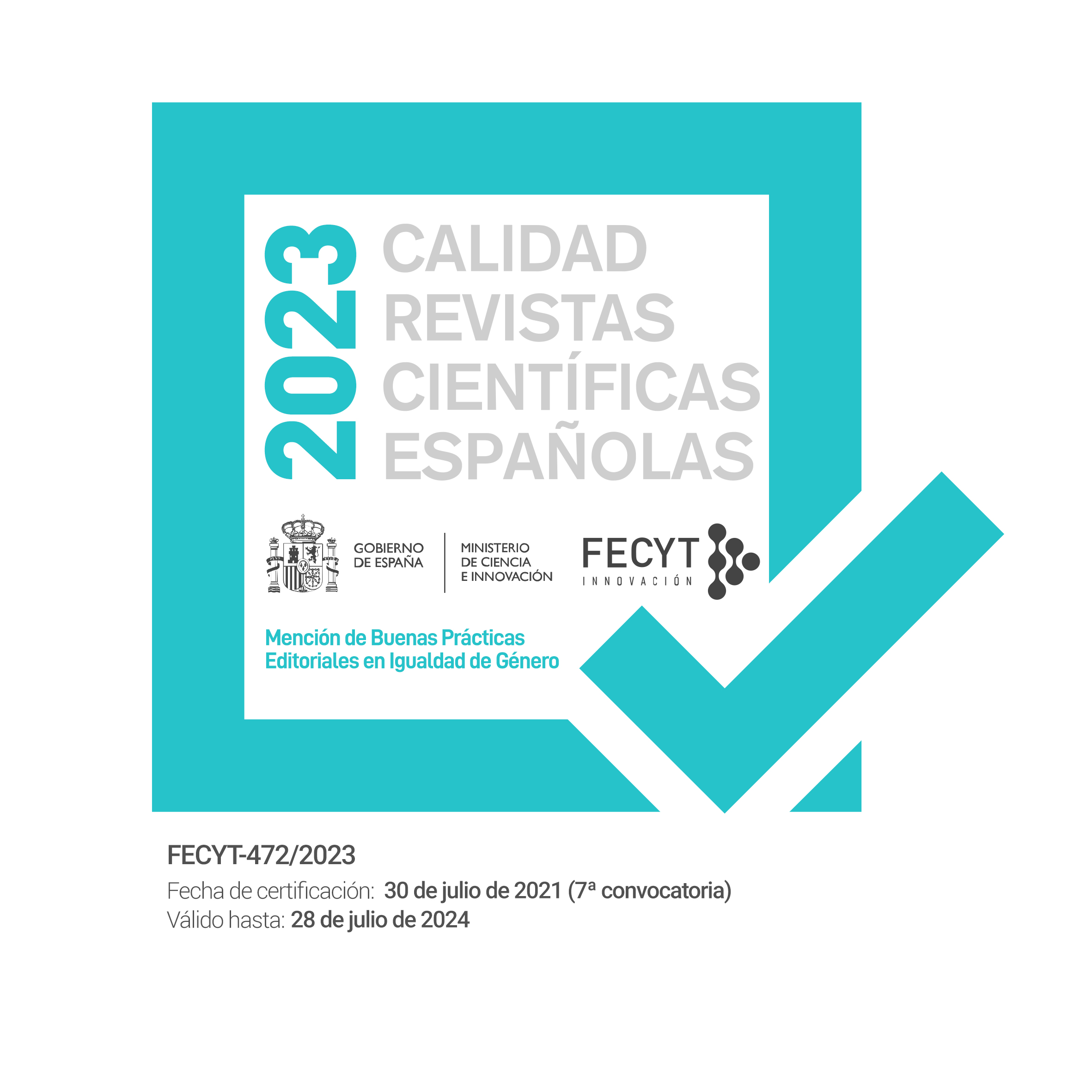The memory of the industrial past. Preservation, adaptive reuse and creation of new facilities
Keywords:
Industrial Heritage, Preservation, Refurbishment, Adaptive Reuse, New facilitiesAbstract
Since the 1970s, especially in those European regions that became industrialised long time ago, different initiatives have been fostered with the purpose of preserving and reusing industrial complexes, usually leading to the creation of cultural facilities. In this paper we analyse several experiences on preservation and adaptive reuse of Industrial Heritage, developed both internationally and in Spain, particularly those related to the National Plan for Industrial Heritage (Plan Nacional de Patrimonio Industrial). We also study the particular case of the Principality of Asturias, concerning the current state of the legal protection of the industrial elements, as well as the refurbishing interventions that have already been tackled.
Downloads
References
AGUILAR CIVERA, Inmaculada (1998). Arquitectura Industrial: concepto, método y fuentes. Valencia: Museo d´ Etnologia de la Diputación de Valencia.
AGUILAR CIVERA, Inmaculada. “Arqueología Industrial, testimonio de la era de la industrialización”. El Plan de Patrimonio Industrial, Bienes Culturales, Revista del Instituto del Patrimonio Histórico Español, 7 (2007).
AGUILAR CIVERA, Inmaculada (2011). “Arquitectura industrial: características básicas. Criterios para la valoración del Patrimonio arquitectónico industrial”, en X Congreso Internacional de la AEHE. Sevilla: Universidad Pablo de Olavide.
ALONSO IBÁÑEZ, María Rosario. “Reflexiones acerca de la legislación protectora del patrimonio cultural. A propósito de la Ley del Principado de Asturias 1/2001, de 6 de marzo”. Patrimonio Cultural y Derecho, 5 (2001), pp. 167-176.
ALONSO PEREIRA, José Ramón. “El patrimonio industrial en Galicia en los albores del siglo XXI”. Liño, 15 (2009), pp. 139-147.
ÁLVAREZ QUINANA, Covadonga (1998). “El patrimonio arquitectónico-industrial asturiano: estado actual y reivindicación de su valor histórico, arquitectónico y generador de identidades”, en XII Congreso Nacional del Comité Español de Historia del Arte, Arte e Identidades Culturales. Oviedo: Universidad de Oviedo, pp. 355-370.
ARACIL, Rafael (1984). “La investigación en Arqueología Industrial”, en I Jornadas sobre la protección y revalorización del Patrimonio Industrial. Bilbao: Departamento de Cultura del Gobierno Vasco.
BAZTÁN LACASA, Carlos (2012). “Una visita a Matadero Madrid”, en 7º Encuentro Internacional en Actualidad en Museografía, Madrid: ICOM España, pp. 159-180.
BERGERON, Louis (1997). “L´âge industrielle”, en Nora, P. (Ed.), Les lieux de mémoire. París: Gallimard.
BIEL IBÁÑEZ, María Pilar (2007). “El patrimonio industrial en Aragón. Situación actual”, en Jornadas de Patrimonio Industrial y la Obra Pública. Zaragoza: Gobierno de Aragón.
BONET CORREA, Antonio. “Madrid y el Canal de Isabel II”. Arbor: ciencia, pensamiento y cultura, 673 (2002), pp. 39-74.
BUSSE, K. P., GRÜTJEN, J. y SCHNURR, A. (2014). Emscherkunst 2013. Bildung und Vermittlungimöffentlichen Raum. Oberhausen.
CAPEL, Horacio. “La rehabilitación y el uso del patrimonio histórico industrial”. Documents d´Analisi Geogràfica, 29 (1996), PP. 19-50.
CASANELLES RAHOLA, Eusebi (2010). “Los bienes muebles técnicos industriales y científicos”, en V Congreso sobre la Conservación del Patrimonio Industrial y la Obra Pública en España. El Ferrol: TICCIH España, pp. 23-32.
DAUMAS, Maurice (1980). L'Archeólogie industrielle en France. Paris: Editions Robert Laffont.
EBERT, Wolfgang (2003). “ERIH, Ruta Europea de Patrimonio Industrial”, en Álvarez,M. A. (coord.), Estructuras y paisajes industriales. Gijón: CICEES, pp. 73-78.
EBERT, Wolfgang (2007). “El turismo del patrimonio industrial: Zollverein, el complejo minero más bello del mundo”, en Gómez de la Iglesia, R. (ed.), Los nuevos centros culturales en Europa. Vitoria-Gasteiz: Xavide, pp. 121-135.
FERNÁNDEZ LÓPEZ, Javier (2009”. “Estación del Norte. Patrimonio ferroviario”, en VV.AA., Patrimonio Industrial de Asturias. Gijón: CICEES, pp. 44-51.
HUMANES, Alberto. “La necesidad de un Plan para el Patrimonio Industrial”. El Plan de Patrimonio Industrial, Bienes Culturales, Revista del Instituto del Patrimonio Histórico Español, 7 (2007).
IBÁÑEZ, Maite et al (1988). Arqueología industrial en Bizkaia. Bilbao: Consejería de Cultura y Turismo del Gobierno Vasco - Universidad de Deusto.
IBÁÑEZ, Maite et al (1990). Arqueología industrial en Gipuzkoa. Bilbao: Consejería de Cultura y Turismo del Gobierno Vasco - Universidad de Deusto.
IBÁÑEZ, Maite et al (1992). Arqueología industrial en Álava. Bilbao: Consejería de Cultura y Turismo del Gobierno Vasco - Universidad de Deusto.
KOURCHID, Olivier y MELIN, Hélène. “Mobilisations et mémoire du travail dans une grande region: le Nord-Pas-de-Calais et son patrimoine industriel”. Le Mouvement Social, 199 (2002).
LATZ, Peter. “The Idea of Making Time Visible”. Topos, 33 (2000), pp. 94-99.
MANSILLA PLAZA, Luís. “El Parque Minero de Almadén: un modelo de recuperación del patrimonio minero industrial”. Her&Mus: heritage &museography, 3 (2011), pp. 13-24.
MASBOUNGI, A. (2003). Nantes, la Loire déssine le projet. Paris: Editions de la Villette.
MCNEIL, R. y NEVELL, M, (2000). A Guide to the Industrial Archaeology of Greater Manchester. Redruth: Cornwall.
NÚÑEZ FERNÁNDEZ, Eduardo (1997). Borrador y copia para la confección de un manual recordatorio sobre la antigua Pescadería. Gijón: Archivo municipal.
PALMER, Marilyn (1991). “Industrialisation and the organisation of space”, en Primer Congreso del País Valencià de Arqueología Industrial. Valencia: Diputación de Valencia, pp. 377-392.
PÉREZ MACÍAS, Juan Aurelio (2011). Río Tinto: historia, patrimonio minero y turismo cultural. Huelva: Universidad de Huelva.
PETZ, U. “¿Resucita el ave fénix? La Exposición Internacional de Construcción (Internationale Bauausstellung - IBA) del Parque del Emscher: ideas y resultados de un concepto de planificación orientado hacia la práctica metropolitana”. Urban, 11 (2006), pp. 44-69.
PINARD, Jacques (1985). La Archéologie industrielle. París: Presses Universitaires de France.
REPRESA, María Francisca y HELGUERA, Juan. “La evolución del primer espacio industrial en Valladolid: la dársena y el derrame del canal de Castilla (1836-1975)”. Anales de estudios económicos y empresariales, 7 (1992), pp. 321-352.
SOBRINO, Julián (1996). Arquitectura industrial en España (1830-1990). Madrid: Cátedra.
SOLÁ-MORALES, Manuel de.“Ville Port. Saint-Nazaire. Loire Atlantique, Francia”. Ondiseño, 300 (2009), pp. 138-143.
SUÁREZ ANTUÑA, Faustino (2008). Arnao: análisis geográfico y Patrimonio Industrial. Gijón: CICEES.
SUÁREZ ANTUÑA, Faustino (2009). El Pozo San Luis en Langreo. Geografía, historia y patrimonio industrial. Gijón: CICEES.
SUÁREZ ANTUÑA, Faustino (2013). Paisaje y Patrimonio. El Pozo Sotón (San Martín del Rey Aurelio). Gijón: CICEES.
SUÁREZ ANTUÑA, Faustino y TIELVE GARCÍA, Natalia (2010”. “Marco normativo y de protección de los bienes inmuebles y muebles de la Fábrica de Trubia”, en TIELVE
GARCÍA, Natalia (Coord.), La Real Fábrica de Armas de Trubia. Patrimonio de la industrialización en España. Gijón: CICEES, Ministerio de Defensa.
TIELVE GARCÍA, Natalia (2007). El Salto de Grandas de Salime. Arte e industria. Gijón: CICEES.
TIELVE GARCÍA, Natalia (2010). “Patrimonio Industrial en el Waterfront de Gijón”, en MORALES SARO, María Cruz (Coord.), El Waterfront de Gijón (1985-2005). Nuevos Patrimonios en el Espacio Público. Oviedo: Eikasia, pp. 179-224.
VILA ALVAREZ, Nuria (2007). Un patio gijonés. La ciudadela de Celestino González Solar (1877-1977). Gijón: Ayuntamiento.

Downloads
Published
How to Cite
Issue
Section
License
Las/os autoras/es conservan los derechos de autoría y otorgan a la revista el derecho de primera publicación (reproducción, edición, distribución, comunicación pública y exhibición).
Más infomación en Sobre la revista > Aviso de derechos de autor/a











